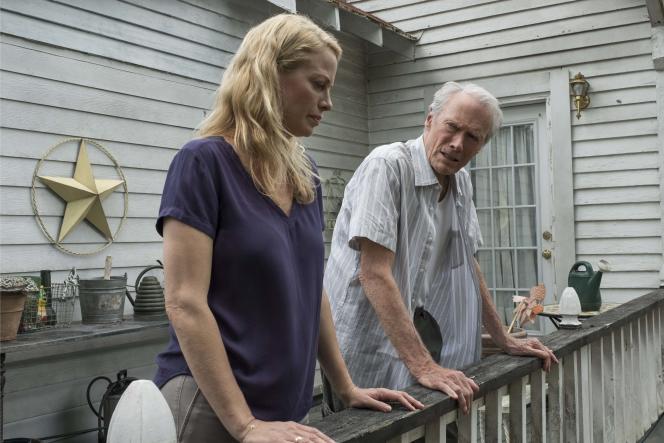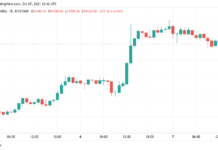Earl Stone, the protagonist of The Mule, is a bit of the evil twin of Walt Kowalski, the hero of Gran Torino (2008). Like him, he is a veteran of the Korean War, who lives in a Midwest ravaged by deindustrialization. Like him, he decides to help young people from an immigrant community.
Inspired by Leo Sharp, sentenced in 2011 to three years in prison for having been arrested in possession of 104 kilos of cocaine, at the age of 87, Earl Stone is a mule for a cartel of Mexican drug traffickers, from Texas to Chicago. One of Eastwood’s finest creations, a comic character shadowed with contradictions, whose spectacular, absurd and yet irrefutably logical trajectory illuminates the landscapes he traverses with a merciless light.
Like his model, Earl Stone is a horticulturist. At the end of the 1990s, he reigned supreme over the circuit of daylilies, ephemeral flowers that offered infinite possibilities for hybridization. Ten years later, his small business has been wiped out by the rise of e-commerce.
Descent into hell and redemption
Chased from the horticultural paradise, the old man tries to reintegrate a family (ex-wife, daughter and granddaughter) who reviled him for his negligence and his stinginess. And as he does not know how to go about it except with dollars, the banished responds to the advances of a friendly young man who puts him in touch with a group of importers.
Here he is in a tire warehouse in the Texas desert, facing the barrel of an assault rifle, asked to load a few packages and transport them to Chicago. There, Agent Bates of the Drug Enforcement Administration (Bradley Cooper, who, after American Sniper, in 2014, consolidates his place as a potential heir to Clint Eastwood), wonders who this new mule nicknamed “Auntie” is. (“Daddy”, in Latin, which was also Leo Sharp’s nickname: “El Tata”).
The impressive form of the author-performer allows him to go far beyond the program announced by the script – descent into hell and redemption, thanks to family reconciliation. It almost looks like he’s ticking off an actor-director’s bucket list: one last sex sequence, one last fight, one last car chase, not too much quick…
More essential is the filmmaker’s view of the country the actor travels: he no longer recognizes it, no longer finds the words to describe the situations (hence the deliberately embarrassing episode which sees Earl Stone come to the aid of a couple of African-American motorists whom he calls “my colored friends”), and that confusion is contagious. While Clint Eastwood has often wrapped his films in twilight atmospheres, The Mule is bathed in light.














